
Developer: Elf Works Games, Luna2 Studio
Publisher: Daedalic Entertainment
Platform: PC, Switch, PS5, Xbox Series X|S
Tested on: Switch
Children of Silentown – Review
It’s been a while since we last heard from Daedalic Entertainment, as the German studio has been hard at work developing Gollum, which has been postponed multiple times over the last two years. It was a pleasant surprise when we learned that they were handling the publishing duties for Children of Silentown, a point-and-click game developed by Elf Games Works and Luna2 Studio. Children of Silentown is a point-and-click adventure, and if there’s anything Daedalic has proven in the past, it’s that they can recognize a good point-and-click title. Our expectations for Children of Silentown were high, but was the game able to meet them? Read on to find out.
Story
The titular Silentown isn’t a very fun place to live. Singing, yelling, or playing loudly is prohibited and there is a strict curfew in place. According to the adults of Silentown, breaking the rules puts you at risk of being abducted by monsters that live in the woods surrounding the area. At night, the villagers are terrorized by the roars and howls resonating through the forest. Many villagers have gone missing in the past, and if someone disappears, no effort is put into finding them. One of the inhabitants of this gloomy town is 12-year-old Lucy, who happens to have a knack for singing. As you can imagine, her favorite pastime doesn’t go over too well with the other townsfolk. The first few chapters depict the everyday lives of Lucy and her friends and really help set up the eerie atmosphere that hangs over the town. Things take a turn for the worse when Lucy’s mother disappears, like so many other villagers. Unwilling to accept her mother’s disappearance, Lucy sets out into the surrounding forest on a rescue mission, and to discover the truth about the monsters once and for all.
While we won’t delve into spoiler territory, we have to admit that we were pleasantly surprised by the story that unfolded. Children of Silentown’s story is equally dark and beautiful, and it tugged at our heartstrings as we edged closer to the credits. The game’s biggest strength is in its storytelling and given how strong its other aspects are, that’s saying something. The pacing is brilliant, with the game starting out deceptively slow to drive the point home of how unenjoyable life in Silentown is, before picking up the pace in the second half. The world-building is also fantastic, as the game pulls you into its tense and unsettling atmosphere and never lets go. The characters are fleshed out and it’s hard not to start caring for them as you get sucked deeper and deeper into the story.
Graphics
With a striking, hand-drawn art style and a deliberately subdued color palette, Children of Silentown evokes a Tim Burton-esque atmosphere. The game uses color (or lack thereof) in clever ways, ranging from emphasizing the difference between the real world and events that take place in Lucy’s nightmares, to simply highlighting which objects Lucy can interact with. The storybook-like visuals are a perfect match with both the game’s narrative and its mechanics, and because they aren’t too taxing on the hardware, Children of Silentown’s performance is buttery smooth with no noticeable frame drops or stuttering.
Sound
A lot of thought and care went into creating Children of Silentown’s audio, which shouldn’t be surprising as both silence and music play a huge role in the game’s story. Surprisingly, there is no voice acting present here, except for Lucy’s singing voice and the presence of a narrator, who does an admirable job. It’s impressive how much emotion is put into Lucy’s songs, especially since they’re only a couple of seconds long. The majority of Children of Silentown’s soundscape is taken up by the atmospheric soundtrack, however, which is filled to the brim with beautiful, haunting tunes that really underline specific story beats.
Gameplay
We’ve sung the praises of Daedalic Entertainment’s point-and-click adventure games before, and although they’re acting as a publisher and not as a developer here, the fact that they’re attaching their name to Children of Silentown should already put the game on the radar of genre fans. This is with good reason too, as the game is one of the most enjoyable point-and-click adventures we’ve played recently. Stepping into the shoes of Lucy, you’ll be exploring Silentown and its surroundings as you attempt to find her lost mother and solve the mystery of the monsters. This is easier said than done, of course, and you’ll need to interact with a wide array of strange townsfolk, obtain useful items, and solve various types of situational puzzles. While the game sticks to the typical conventions of point-and-click titles, it also introduces a unique mechanic in the form of Lucy’s songs.
As Lucy continues on her journey, she’ll find musical notes. By collecting enough of these, she’ll learn new songs. These songs all have a specific purpose, and they allow Lucy to overcome different obstacles. With the right songs, she’ll be able to discover hidden objects, get rid of barriers, and even read people’s minds. Figuring out which song has the desired outcome takes a bit of experimentation initially, but after a while, selecting the right option becomes second nature. Children of Silentown’s core gameplay is refreshingly straightforward, and the real challenge comes from the various puzzles that the game throws at you rather than needlessly obtuse situations, which is a pitfall for many other point-and-click games. In the case of Children of Silentown, the puzzles are actual mechanical puzzles and require you to light up tiles in a specific order or stitch patches of cloth together to create pathways, for example.
Having a wide variety of puzzles does mean that Children of Silentown remains varied throughout, although not all puzzle types are equally enjoyable and one of them is even outright frustrating. To be more specific, at certain points in the game, you’ll need to rotate and connect pipes using a gear system of sorts. This could have been a clever little diversion from the main gameplay, but unfortunately, a lack of explanation of how they work turns them into speedbumps instead. Now, Children of Silentown isn’t a game that is very generous with tutorials or explanations in the first place, but given how intuitive and straightforward everything else is, that’s generally not an issue. It’s a smudge on an otherwise impeccable set of puzzle challenges and we really would’ve liked it had these been handled in a different way. A hint system would have been very welcome here.
While Children of Silentown is a fairly short game, clocking in at around eight hours, it does have some replay value as there are multiple endings. In fact, playing through the game only one time will likely leave you with unanswered questions and if you want to understand the entirety of Children of Silentown, multiple playthroughs are mandatory. The game relies on an autosave system so you can’t save right before making a choice and return to it afterwards, so a different ending requires a full playthrough. It would have been nice if the game at least offered the option to select different chapters to start from after clearing the game once, but given that Children of Silentown isn’t the longest game in the first place, that’s a minor gripe. That said, this isn’t a game that you’re likely to want to replay immediately after the credits roll. Instead, it’s probably better to let it linger for a few months and then give it another go.
Conclusion
There is a lot to like about Children of Silentown. The story manages to keep your attention throughout thanks to the great writing and tense atmosphere, and the art direction is fantastic. The introduction of a unique mechanic in the form of Lucy’s singing and the sheer variety of puzzles ensure that Children of Silentown cements its identity as a point-and-click adventure without feeling repetitive or gimmicky. While there are a handful of areas that could have been improved upon, such as the addition of a hint system or a better explanation of specific puzzle mechanics, these are only minor gripes. The game doesn’t really lend itself to several back-to-back playthroughs but there is no doubt that we’ll be returning to Silentown in a few months to play through the game again and unlock a different ending.
Children of Silentown - Review,
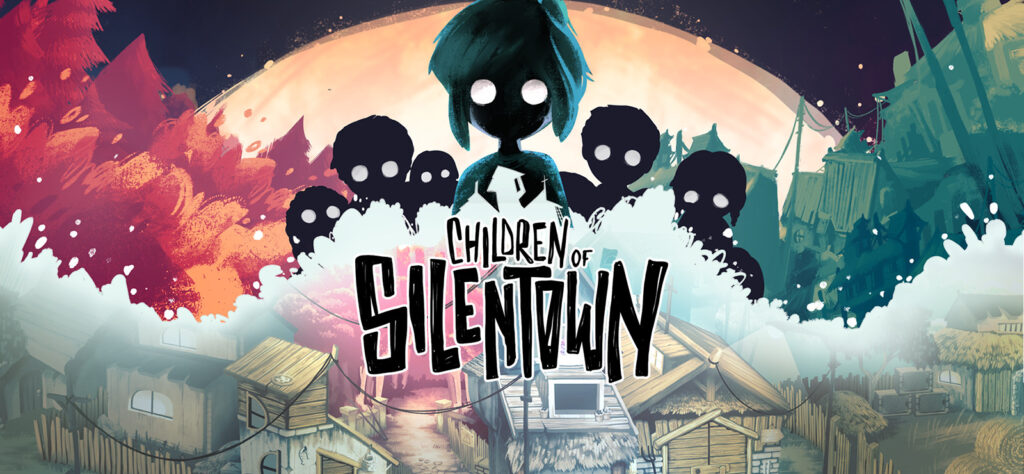
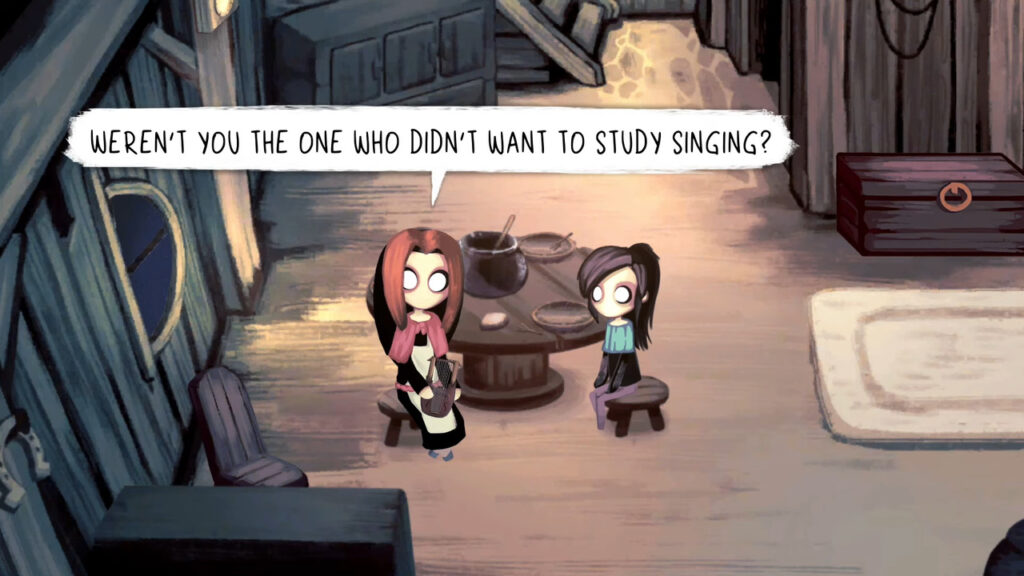
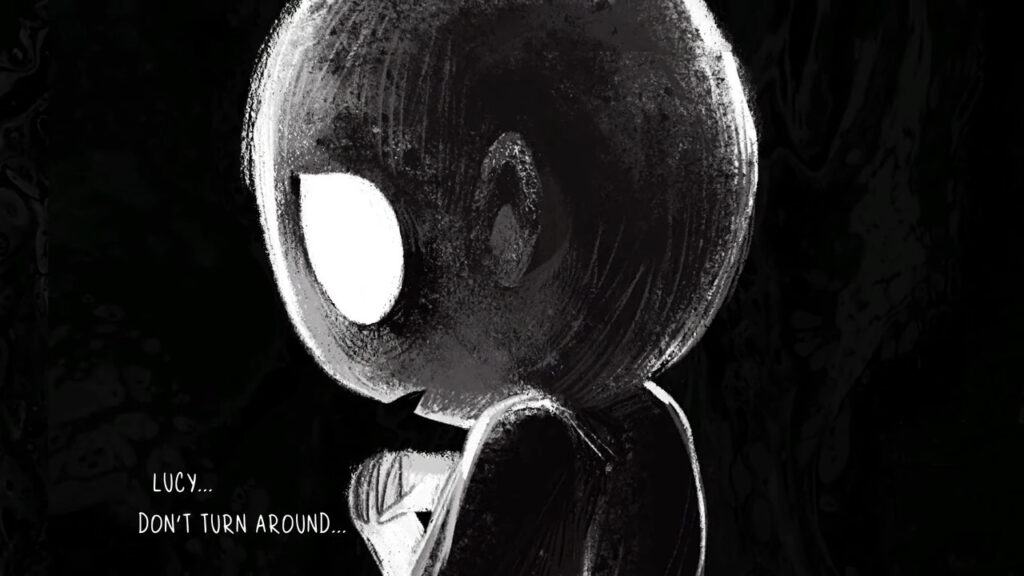
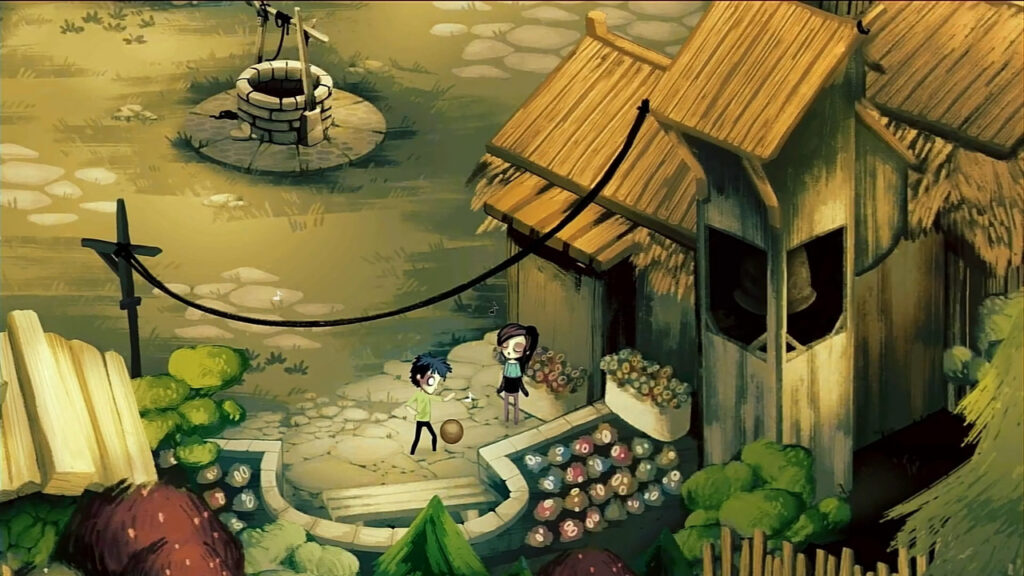
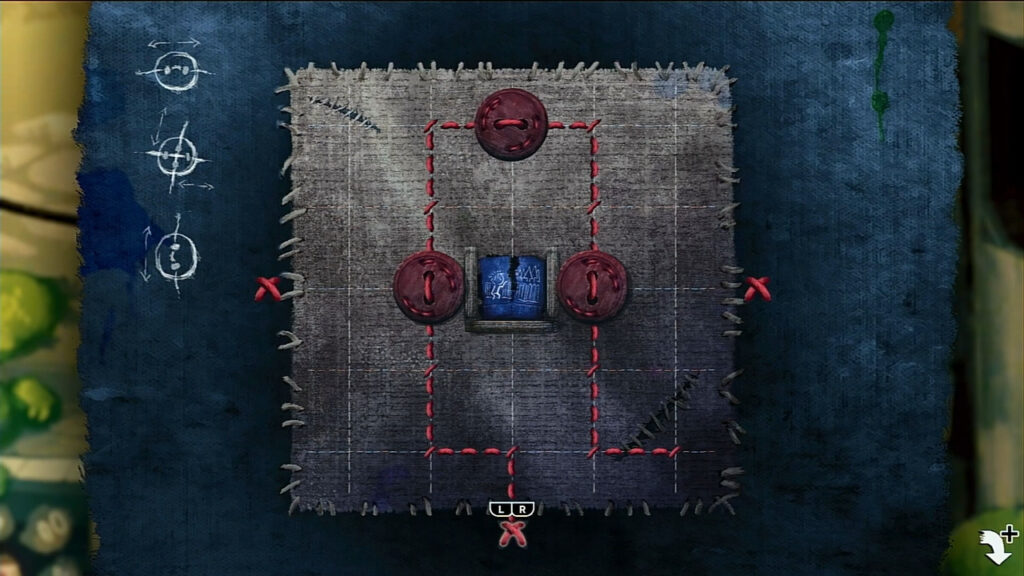
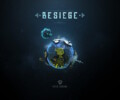



No Comments